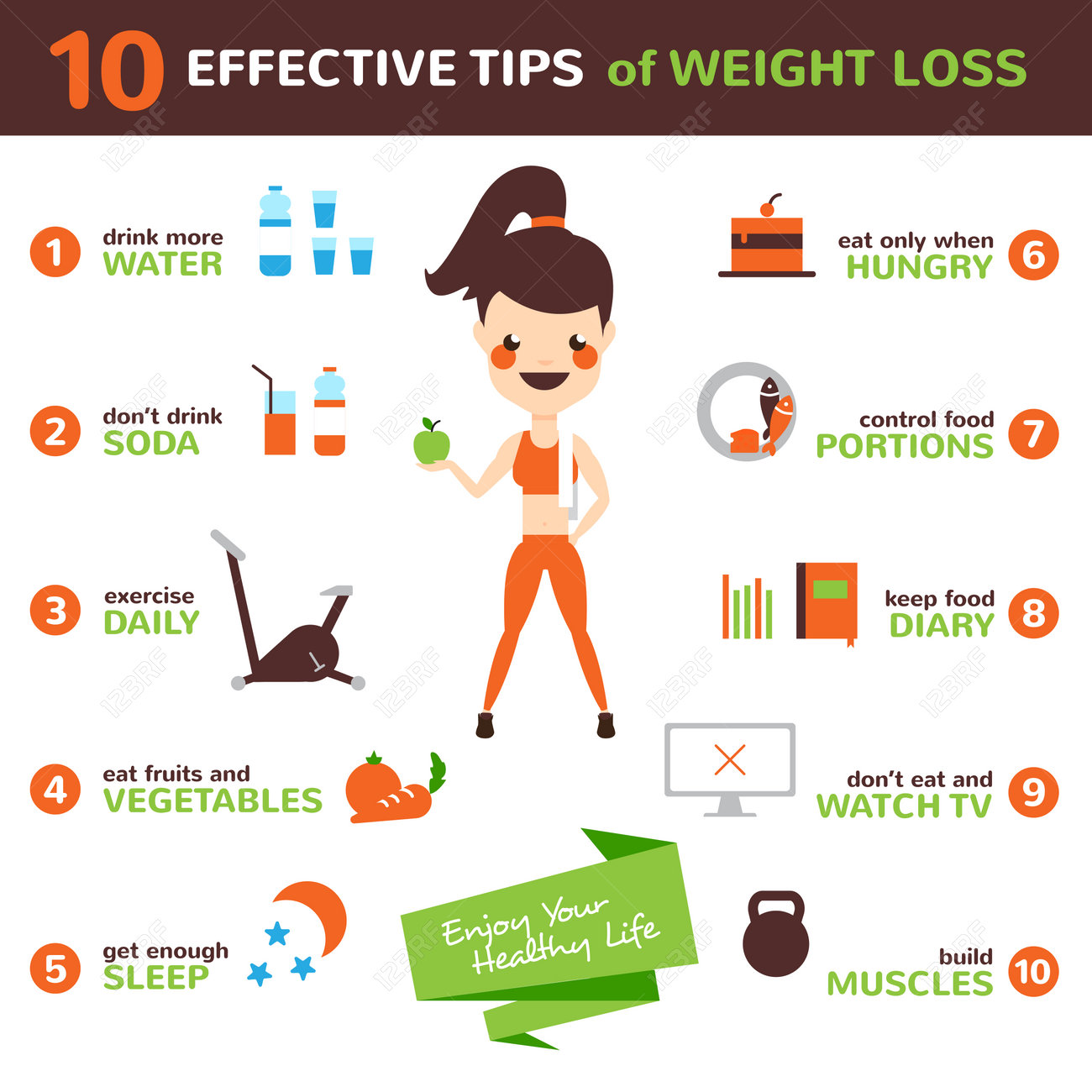Cold laser treatment is a beneficial tool to help in pain monitoring and the healing procedure. It is commonly used in sporting activities medication, dermatology and acupuncture.
Cold lasers penetrate deep right into tissues and advertise chemical modifications without heating them. They lower inflammation and swelling, speed up mobile task and speed up healing.
Academic Background
Unlike the high-intensity lasers that surgeons usage to puncture cells, cool laser treatment uses light-emitting diodes to penetrate into your skin and advertise recovery. As these photons get to damaged cells, they start a chain reaction that raises your cells' production of enzymes and increases your body's all-natural recovery processes.
The photons also lower discomfort via the manufacturing of endorphins and enhance your body's capacity to drain puffy locations by generating vasodilation (the growth of capillary). Because of this, it helps you recoup from musculoskeletal injuries and discomfort faster.
Lots of people have become aware of cool laser treatment from their physiotherapist, chiropractic physician or physician and might be questioning just how it works. Unlike the majority of laser gadgets utilized in the medical area, which actually warm up tissue, our advanced equipment discharges cold laser beam that do not cause any type of home heating of your tissues. This enables your body to get the restorative benefits without triggering any adverse effects.
Medical Trials
Cold laser therapy is often advised as a therapy alternative for clients who have bone and joint pain and injuries. It can be utilized to lower inflammation, reinforce tissues and speed up the body's all-natural healing procedures.
Non-thermal photons of red and infrared laser radiation are absorbed by the light delicate components in cells and launch an increase in intracellular metabolic process that increases cell recreation, lowers inflammation, gets rid of edema and reduces healing time.
Unlike the light that is generated by sunlight or conventional lights, laser light is identical (all wavelengths travel in the same direction), systematic and single. These residential or commercial properties lllt therapy near me enable laser energy to permeate much deeper right into the tissues.
A number of professional tests have shown that LLLT can be efficient in minimizing discomfort in the bone and joint system. However, more properly designed research studies are required to evaluate the ideal setups for laser irradiation and to establish its effectiveness in specific problems, such as oral mucositis in cancer patients getting chemotherapy or radiotherapy, and injury healing (consisting of diabetic ulcers following hammertoe surgery). This Aetna policy bulletin does not address other uses of LLLT, consisting of the treatment of various skin diseases.
Conclusions
Unlike surgical lasers that can destroy tumors or coagulate tissue, cool laser treatment does not warm the body's cells. Rather, the light promotes your cells to create adenosine triphosphate, which accelerates the repair work process of damaged cells.
Aetna thinks about low-level laser (LLL) therapy medically required for the prevention of dental mucositis related to cancer cells therapy (radiation treatment, radiation therapy, hematopoietic stem cell transplantation) and non-cancer treatments (such as radiodermal injury, fibromyalgia). Numerous researches showed that LLT can be effective in reducing PU signs and symptoms without negative impacts. However, distinctions in research study designs and laser dosimetry made contrast of the outcomes challenging; RCTs with low risk of prejudice are needed. The use of a 660 nm wavelength and greater energy density seems a lot more effective than the various other examined laser wavelengths. This could be because the various other wavelengths may stimulate inflammatory procedures and trigger more side effects. The impact of the kind of laser used is additionally crucial; the authors recommend that future research study focus on reviewing different types of lasers and their dosages to identify the optimal mix of laser specifications for PU avoidance.
Suggestions
Cold laser therapy is made use of by dental practitioners to treat inflamed periodontal tissue, medical professionals to alleviate pain brought on by rheumatoid arthritis, and physiotherapists to speed the recovery of muscle mass, ligament, and ligament injuries. Several medical insurance strategies cover this treatment.
Unlike warm lasers, which have a thermal effect on cells, chilly lasers (also called low-level lasers) promote the cellular power of the skin. Photons from the laser light permeate right into the cell, setting off a collection of chemical modifications that advertises regeneration and lowers inflammation.
In order to work, lasers need to be correctly arrangement and utilized. This is why it is not suggested to get an affordable over the counter laser tool and try to treat yourself in your home. An experienced specialist is called for to guarantee that the tool is used appropriately to decrease the danger of eye injury and maximize its efficiency. The laser device need to be adjusted to the right setup, intensity, regularity, and position of the laser on the therapy location.
